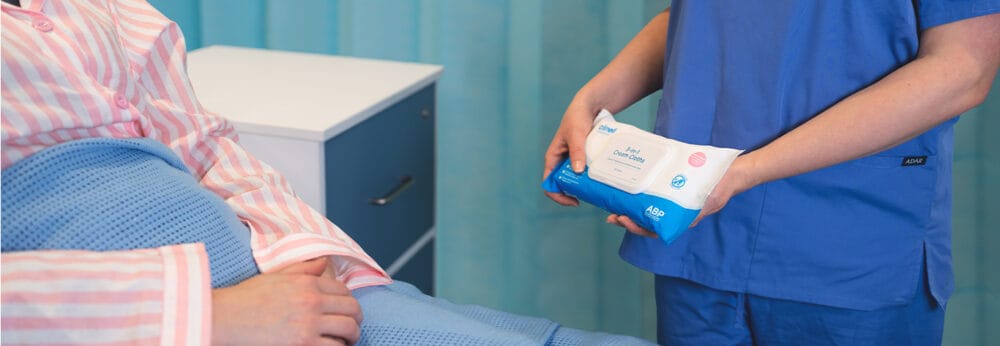Posted
24th August 2016
Research
A recent Korean study underlines the value of daily chlorhexidine bathing, demonstrating a reduction in the trend of MRSA incidence in a high-prevalence ICU setting. The study also underlines the threat of reduced susceptibility to chlorhexidine emerging, which may begin to erode gains that have been made through the introduction of chlorhexidine.

The study was performed in a 16 bed medical ICU in Korea. Following a 14-month control period, daily bathing using chlorhexidine was introduced. During the control period, pre-emptive isolation of all admissions occurred until they were demonstrated to be MRSA-negative, and enhanced environmental measures were already in place. The rate of MRSA carriage on admission to the unit was very high, at around 25% of admissions (much higher than you’d expect to see in the UK). The rate of MRSA BSI was high also, with 13 in the control period also. This is more than most large hospitals in the UK see in an entire year! So, this was a setting of very high MRSA prevalence. The results suggest that the introduction of chlorhexidine bathing improved the MRSA picture: the rate of acquisition was reduced by 23% from 21 to 16 per 1000 patient days, the number of MRSA BSI reduced from 13 to 5, and the incidence density showed a significant reduction during the intervention phase. Whilst the reduction in MRSA acquisition and BSIs were not statistically significant, the trend was in the right direction. It was difficult to interpret the findings around the possibility of reduced chlorhexidine susceptibility, because only isolates from the intervention phase were available for analysis. However, the presence of genes associated with chlorhexidine susceptibility, and the proportion of isolates less susceptible to chlorhexidine were greater in the incident isolates compared with the prevalent isolates, suggesting that the MRSA transmitting on the unit was less susceptible to chlorhexidine. Importantly, the rate of compliance with hand hygiene and contact precautions was monitored throughout the study, and found not to vary significantly between the control and intervention periods. Although the study was a pre-post design, without a concurrent control or randomisation, the results are impressive, reinforcing the findings of other studies that chlorhexidine daily bathing can reduce the transmission of key hospital pathogens.
SHARE THIS ARTICLE
Tags
Latest News
Advancing Continence Care with Clinell Contiplan: Expanded Indications, Pathways and Proven Outcomes
This World Continence Week, Clinell Contiplan 3-in-1 Cream Cloths introduce…
Celebrating 20 Years of GAMA Healthcare: Our Story
This month, GAMA Healthcare celebrates 20 years of helping prevent…
Norovirus and gastroenteritis outbreaks, the party ‘pooper’ you don’t want invited!
Recently, on 11 October 2024, NSW Health issued a health…
Clean Between to Reduce Healthcare-Associated Infections
Healthcare-associated infections (HAIs) are a significant concern for healthcare facilities…



